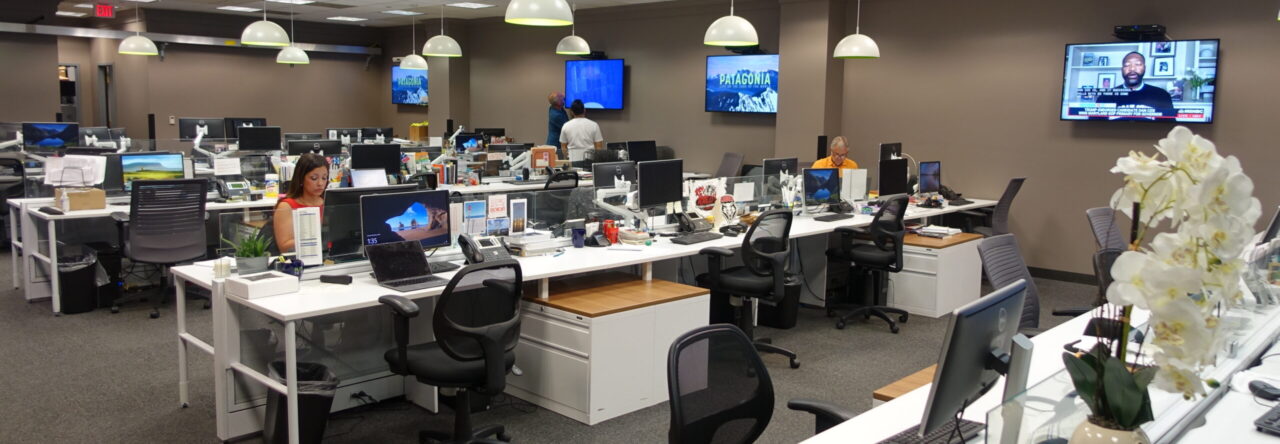
Our Reinventing Local TV News project, which is part of Northeastern’s School of Journalism, is getting a lot of attention from the trade publication Editor & Publisher. Professor Mike Beaudet, who heads the project, is the subject of a feature story in E&P and is the guest on this week’s E&P vodcast.
Beaudet, who’s also an investigative reporter with WCVB-TV (Channel 5), tells E&P’s Gretchen Peck and Mike Blinder that the goal is to come up with new ways of storytelling to appeal to younger audiences — a demographic that gets its news almost entirely by smartphone rather than a traditional television screen. Here’s how Beaudet puts it in an interview with Peck:
People are cutting the cord, and the whole idea of having “appointment television” has gone out the window, especially for younger people. That’s the challenge: We can’t rely on this audience to find local TV like you could in years past, as they get older, because they’re not consuming content the same way.
Mike and his collaborator, Professor John Wihbey, presented at our What Works local news conference at Northeastern last March. Given that local television is in relatively good financial health compared to the newspaper business, it’s vitally important that people like Beaudet and Wihbey come up with solutions before the problems of an aging audience become acute.
